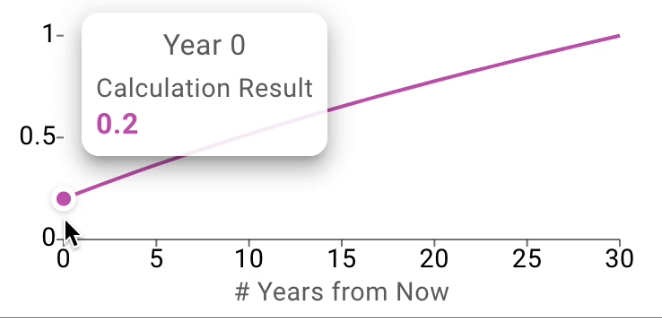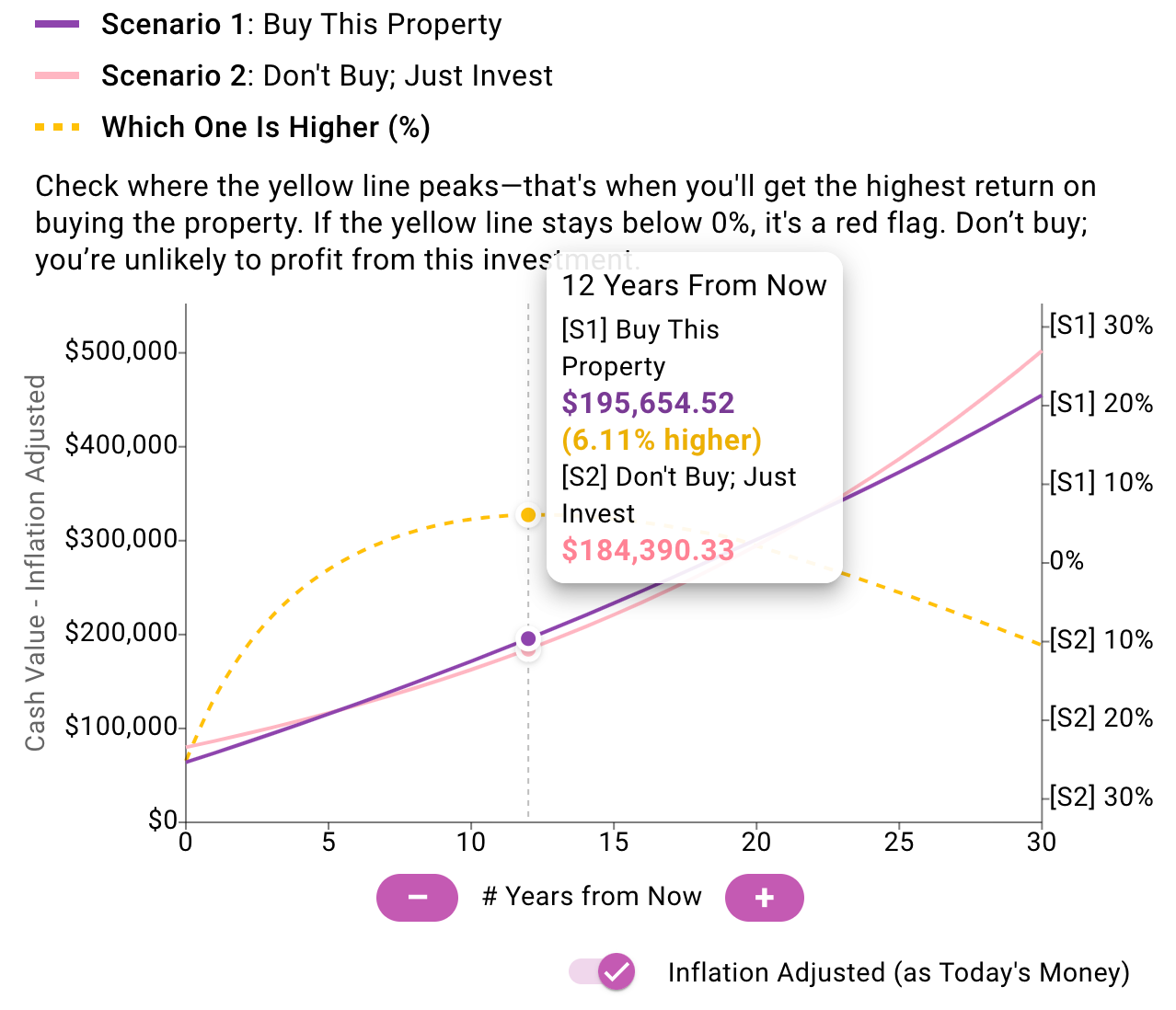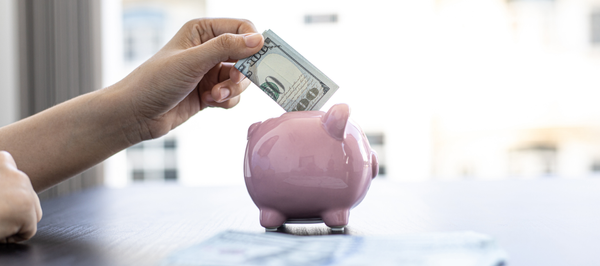Think Exit Strategy Before Asset Purchase: A Key to Smart Investments

When purchasing an asset—whether it’s a property, a business, or even a piece of art—the focus often revolves around acquisition: finding the right deal, securing financing, and dreaming of future gains. But what’s often overlooked—and just as crucial—is the exit strategy.
Why does this matter? Because without a clear plan for when and how you’ll part ways with the asset, you risk missed opportunities, unnecessary costs, or even financial losses.
In this article, we’ll explore why you need an exit strategy at the time of purchase, how to develop one, and how Money Eva can help you make smarter decisions.
Why You Need an Exit Strategy, Now
An exit strategy isn’t something you figure out after acquiring an asset. It’s a fundamental part of the investment process. Here's why:
1) Maximizing Returns
The biggest challenge of holding an asset too long lies in financing. Leveraged gains—where borrowed money amplifies your returns—are a powerful way to make even an underperforming asset competitive with market investments.
However, as you pay down the principal over time, your equity grows, reducing the impact of leverage. At this point, the asset’s performance depends mostly on appreciation, which is often slower than the returns you could achieve by reinvesting the equity in higher-yielding opportunities.
Without a clear exit strategy, you might hold onto an asset past its peak efficiency, limiting your ability to grow your wealth effectively. You might also risk making holding decisions that are either too short-sighted or not optimized for the long run, which can significantly impact your returns.

2) Preparing for Risks
Markets are unpredictable. Assets that perform well today might underperform tomorrow due to factors like declining demand, rising costs, or market downturns.
Without an exit strategy, you risk being stuck—unable to pivot or sell effectively—because you aren't prepared. By having a plan in place, you align your actions with long-term goals, stay ready to adapt when market conditions shift, and avoid unnecessary delays or financial losses.
How to Develop an Exit Strategy
Crafting an exit strategy involves more than picking a date—it’s about anticipating your asset’s lifecycle, aligning actions with your plan, and reviewing your strategy periodically.
Imagine you were purchasing a property with the intent to rent it out. Here’s how you could develop an exit strategy:
1) Define Your Optimal Holding Period
Before making a purchase, determine the optimal holding period for the asset—or even whether to purchase it at all. Analyze factors like the location, market conditions, financing terms, appreciation rates, expected rental income, and your personal tax situation.
Then, compare the projected returns from buying the asset versus investing the same capital in a high-liquidity portfolio. Money Eva simplifies this with its “Which One is Higher (%)” feature, instantly showing you which scenario yields better returns and by how much. Additionally, its “Inflation Adjusted” toggle helps you see the extra yield in today’s money, giving you a clear understanding of how much a future gain is truly worth in present value. Here's an example:

Based on the chart above, you should plan to sell within the 10–12 year range to maximize returns. Since assets like this are far less liquid than stocks or bonds, it’s crucial to include a 2–3 year buffer in your strategy to ensure you can capture the market’s peak.

2) Prepare for the Exit Early
Once you’ve defined your holding period, start preparing for the eventual exit. This helps minimize costs and surprises when the time comes.
For a rental property, this means focusing on two key areas:
- Repairs and Maintenance: Plan major preventative repairs, such as roof replacements or HVAC upgrades, during the mid-ownership period. This helps preserve the property’s value and ensures a smoother sale process.
- Tenant Stability: Focus on securing long-term tenants to reduce turnover and maintain consistent cash flow, which also makes the asset more appealing to potential buyers.
3) Periodically Review Your Strategy
Markets change, and so do your personal goals—your exit plan should adapt accordingly. Revisit your strategy every 1–2 years to account for:
- Economic shifts that could alter the optimal holding period.
- Tax law updates affecting rental income or capital gains.
- New investment opportunities that might warrant selling the asset earlier.
A smart approach is to regularly compare the benefits of continuing to hold your asset against selling and reinvesting in your market portfolio or other opportunities. This periodic recalculation ensures you stay flexible and can unlock your capital for better opportunities when the time is right.
Just like your initial analysis, Money Eva simplifies this process by providing updated insights in seconds:

The Power of an Exit Strategy
An exit strategy isn’t just a contingency plan—it’s a proactive approach to ensuring your investments work hard to maximize your financial growth. Whatever asset you’re considering, thinking ahead keeps you in control of your journey and ready to navigate unpredictable markets.
Money Eva empowers you to make data-driven decisions, align your investments with your goals, and time your moves for the best results.
Start planning your exit today—it’s the first step toward smarter, more profitable investments.
Visit the FREE Money Eva app today and see how it can help you strategize smarter investments. 🌟









